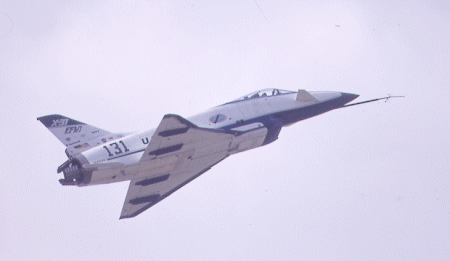Guy Norris/LOS ANGELES

First details of the Vectoring, Extremely short take-off and landing, Control Tailless Operation Research (VECTOR) programme are starting to emerge as the US-German team begins work on returning the X-31 Enhanced Fighter Manoeuvrability testbed to airworthy condition.
The aircraft, which has been in storage at Boeing's Palmdale site for four years, is being refurbished before it is moved to the US Navy's Patuxent River test site in April. Functional check-out flights are expected to begin in August.
The X-31 will be flown in the configuration used during the 1995 Paris air show, where modified flight control software allowed the X-31 to be flown at high angles of attack (AoA) closer to the ground (about 500ft (150m)) than the normal test envelope.
The VECTOR programme is aimed mainly at developing and demonstrating extremely short take-off and landing (ESTOL), and the flight control hardware, systems and displays that support it.
The programme will also provide tailless flight data, although there are no plans to reduce the X-31 vertical tail's area during VECTOR.
Using thrust-vectoring provided by the X-31's original paddles, the plan is to develop precise low-speed control for take-off and landing. A key aspect will be development of a "derotation" technique to transition the aircraft from high AoA to landing configuration.
The result, says the VECTOR team, will be a lighter structural design, reduced need for catapults and arresting gear, greater "bring-back" weapons capability and wider operational ability to fly from roads and other "expeditionary" runways.
Germany is responsible for control law design, the advanced air data system (AADS), and thrust vectoring hardware and software. The USA is responsible for flight control hardware, aircraft systems, ESTOL system design and flight testing. The two combine to produce flight control software, control law development, data analysis and AADS software support.
By mid-2001, the aircraft will be ready for ESTOL take-offs. More critical ESTOL landings, which include the "derotation" technique, should be complete by February 2002.
Tests will also focus on the performance of new ground-based guidance systems for ESTOL, and a possible head-down cockpit display to give the pilot visual cues during high AoA approaches.
Source: Flight International























